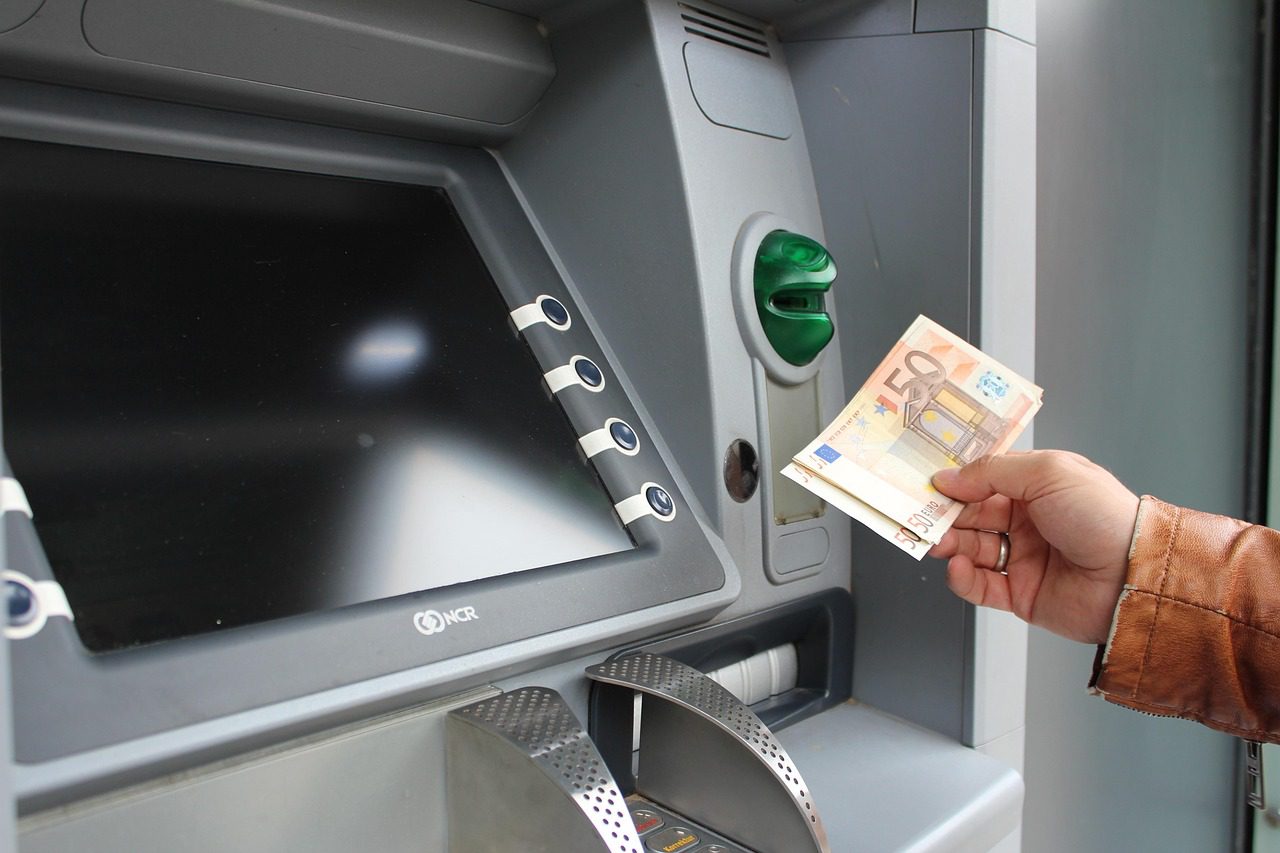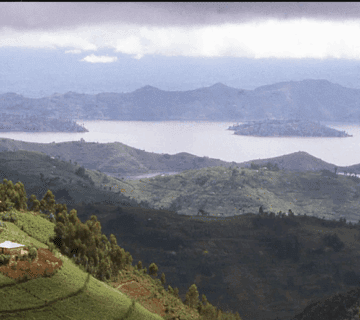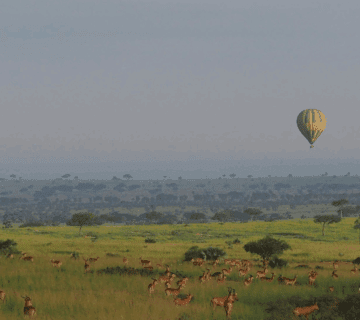Are There ATMs in National Parks? A Guide for the Adventurous Traveler
As we venture into the wild, the call of the untamed wilderness draws us away from our daily routines, urging us to explore the beauty of nature in all its raw and unspoiled glory. Whether it’s the vast savannas of Africa or the towering peaks of the Andes, the experience of being in a national park can be transformative. However, amidst the excitement of wildlife sightings, serene landscapes, and outdoor activities, one question often lingers Are there ATMs in national parks?
Understanding the financial logistics of your trip is as essential as planning your hiking route or packing the right gear. Having access to cash or ATMs might not be at the top of your mind when preparing for an adventure, but it’s something you’ll definitely want to think about. Let’s explore the reality of ATMs in national parks and the steps you can take to ensure that you’re financially prepared for your trip.
1. The Basics: What to Expect When Visiting a National Park
National parks are often located in remote, protected areas far from bustling urban centers. Their primary purpose is conservation, preserving ecosystems and wildlife for future generations. This isolation, while contributing to the park’s natural beauty and tranquility, also means that infrastructure may be limited. Many parks, especially those in developing countries or off-the-beaten-path locations, may not offer amenities like ATMs or even reliable internet and cell phone service.
However, some parks especially those close to major tourist hubs—may have basic services like small lodges, restaurants, or shops where you can withdraw cash or make purchases using a credit card. The availability of ATMs will largely depend on the location and popularity of the park, so planning ahead is critical.
2. ATMs in Popular National Parks: The Good News
National parks that are well-frequented by tourists are more likely to have ATMs or access to cash services. Parks located near major cities or tourist attractions tend to have a better-developed infrastructure to accommodate visitors. For instance:
United States National Parks: Many of the U.S. National Parks, like the Grand Canyon, Yellowstone, and Yosemite, have ATM access at park entrances, visitor centers, or nearby towns. These locations often cater to a high volume of visitors and have the infrastructure to support their needs. Smaller parks, however, might not have ATMs on-site, so it’s always a good idea to carry cash before entering.
Kenya’s Maasai Mara: If you’re planning a safari in Kenya’s Maasai Mara, you’re in luck—ATMs are available in nearby towns such as Narok and Naro Moru. The park itself, however, might not have direct access to ATMs. It’s advisable to withdraw cash in advance before entering the park to avoid any inconvenience.
South Africa’s Kruger National Park: One of Africa’s most famous wildlife parks, Kruger is well-equipped with amenities like ATMs at its entrance gates and in nearby towns. Visitors to this park can generally expect to find ATMs in the main rest stops or private reserves around the park’s boundaries.
These are just a few examples, but it’s clear that popular parks near tourist-heavy areas tend to have ATMs. However, if you’re heading to a remote or lesser-known park, the situation might be different.
3. Remote National Parks: Limited or No ATM Access
On the flip side, remote national parks, especially those located in off-the-grid areas or developing countries, might not have any ATM access at all. Parks like Uganda’s Bwindi Impenetrable Forest, where you can trek to see the endangered mountain gorillas, or Tanzania’s Serengeti, which lies far from urban hubs, may not have on-site ATMs.
In such cases, you’re advised to plan ahead by withdrawing enough cash before heading into the park. Be sure to check whether the nearby towns have ATM services, as these are often your last chance to get cash before entering the park.
Similarly, for national parks in less developed regions, like India’s Kanha National Park or Nepal’s Chitwan, it’s important to understand the limitations in infrastructure. While ATMs may be present in surrounding towns or cities, the parks themselves are often far from financial services. Always double-check with your tour operator or park authority for specific advice.
4. Planning Ahead: What to Do If There Are No ATMs in the Park
The lack of ATM facilities in a national park doesn’t mean you’re completely out of luck. There are several strategies to ensure that you’re prepared, no matter where you’re traveling:
Withdraw Cash Before You Go: The most reliable method is to withdraw cash from ATMs in nearby towns or cities before entering the park. National parks are often situated in areas where cash may be the preferred or only method of payment. You can use your debit or credit card to withdraw funds, but make sure you’re aware of withdrawal limits and foreign exchange fees if applicable.
Use Credit or Debit Cards: While ATMs may not always be available inside national parks, many hotels, lodges, and tour operators around the park’s borders accept cards. However, it’s important to note that some rural accommodations might only accept cash. Be prepared to have a combination of payment methods, such as both cards and cash.
Carry Small Bills: If you know that you’ll be traveling to an area with limited ATM access, it’s always a good idea to carry small bills in local currency for tips, park fees, and small purchases. Not all places will accept large denominations, so smaller bills make transactions smoother.
Consider Prepaid Travel Cards: Some travelers find it convenient to load funds onto a prepaid travel card. These cards can be used just like debit cards and are widely accepted in most places that accept card payments. The bonus is that you can often lock in a favorable exchange rate before traveling.
Check With Your Tour Operator: Tour operators in regions with limited banking infrastructure are often well-versed in the best places to access funds. They may have suggestions on where to withdraw money before the journey or may even provide services for accessing cash during your trip.
5. The Importance of Being Prepared
While it’s essential to consider the financial side of your travels, the beauty of national parks goes beyond monetary needs. These parks are a chance to connect with nature, escape the stress of daily life, and experience wildlife in its most authentic form. That said, preparation is key.
As you plan your visit to a national park, be sure to think ahead about cash, card access, and other essentials like travel insurance, permits, and accommodations. The last thing you want is to find yourself without enough funds for park fees or unexpected expenses. Researching the park’s amenities and understanding the nearest towns or cities with ATM access will go a long way in ensuring that your adventure is seamless and stress-free.
6. Final Thoughts: Embrace the Adventure, Be Prepared
National parks offer some of the world’s most breathtaking experiences, but being aware of the logistics, including financial considerations, will ensure that your trip is enjoyable from start to finish. Remember, even if ATMs are scarce or nonexistent, there are always ways to prepare. By planning ahead and doing your research, you can focus on the wildlife, the scenery, and the sense of freedom that comes with being in nature.





